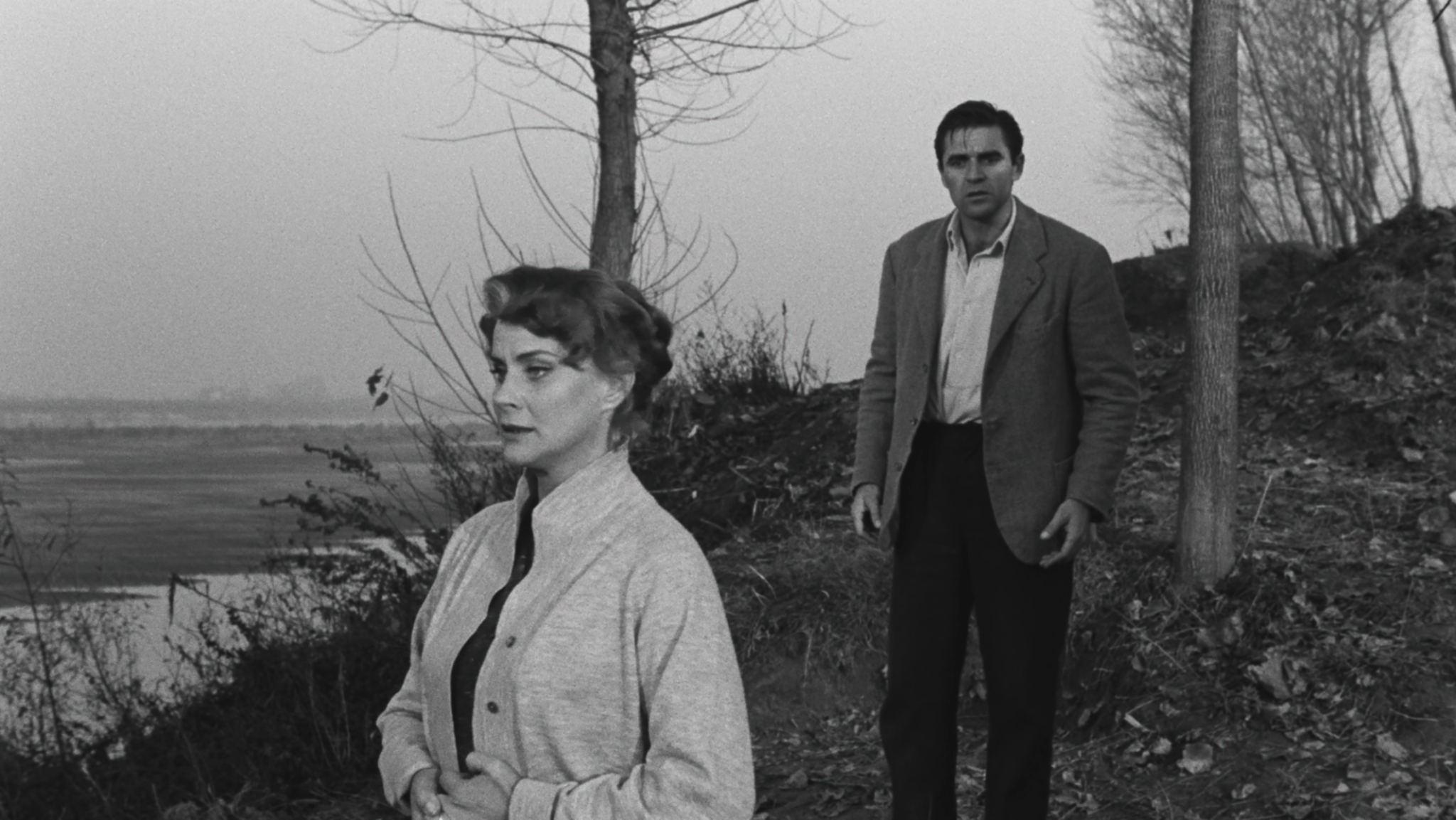TW: mention of depression and suicide
I wouldn’t say that I am too familiar with the 1950s cinematic scene, especially Italian neorealist films. Nevertheless, I am glad that I ended up watching Il Grido (1957). Directed by Michelangelino Antonioni — an ever-so influential figure of cinema — Il Grido is an Italian melodrama with a very cynical depiction of grief and heartbreak. Upon its release on July 14 1957, it was deemed unsuccessful with reactions varying between unanimously negative or somewhat sympathetic. And yet its legacy endured as in 2008 it was included in the Italian Ministry of Cultural Heritage list of“100 Italian films that substantially affected the collective memory of the country in between 1942 and 1978”.
The film follows a man named Aldo, who is on a pilgrimage alongside his daughter, hoping to cure his heart through new relationships, only to end up with nothing but an emptiness. All throughout, Aldo’s journey is marked by profound suffering as he moves from one lover to the next, unable to find the solace and fulfilment he desires. As one lover comes and another goes, these short-lived relationships serve as a temporary cure to his fixed state of mind.
As the narrative progresses, Aldo regresses, ultimately regretting his decisions. Once he decides to return home, he is forced to confront the reality that his first love is happily married and has moved on. In doing so, Antonioni wraps up Aldo’s failed attempt to move on in life before his inevitable demise. However, such a storyline can only be described as something that exudes a bleak perspective on life.
This pessimistic outlook does not only emanate from the storyline, but the visuals as well. The cinematography deliberately captures a desolation within the Italian countryside, contrary to the vibrant and colourful lens that the country is typically perceived through. As such, the film heavily relies on extended shots of the landscape, embedding a great sense of isolation both present within the protagonist and in his surroundings. A standout sequence was the black-and-white imagery of the empty roads filled with dying trees, empty roads, and dark industrial atmosphere.
In the final five minutes, Aldo is seen climbing the tower of the old sugar factory he used to work in, plunging to his death in front of the same woman who broke his heart. As his lifeless body lies before the horrified woman — and us, the audience — we are left with a hollowness as the film abruptly ends. This successive culmination of events not only solidifies the movie’s hopelessness, but prompts viewers to question whether the journey was even meaningful in the first place. It left me with a cold perspective on the world, very much in line with Antonioni’s experience of depression when making this film.
Despite this, watching Il Grido was a beautiful experience, as it encapsulated that feeling of being at one’s lowest point and being forced to witness a world without colour. This in-depth exploration of hopelessness did feel uncomfortable at times, and yet it managed to ignite and deconstruct the emotions of love, pain, grief and doubt all at once.
Il Grido (1957) is playing at the Cinema Reborn Festival which is screening restorations of classic films. Click here to access the 2024 program, running from May 1-7.
Student prices for tickets to the 2024 Cinema Reborn Festival have been set at $15.00.





